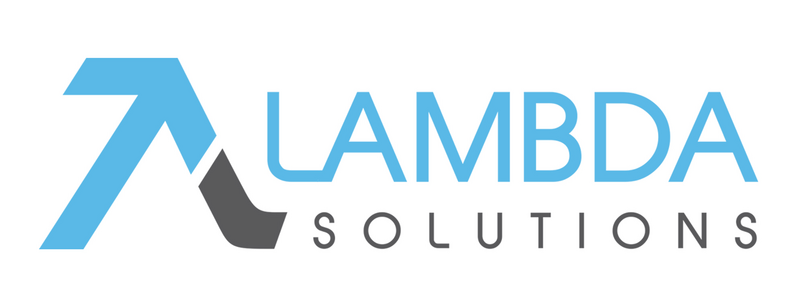Professional Partner Content
How You Can Apply the 70-20-10 Theory of Learning to E-Learning
Published Wed Apr 10 2019
Educators and learning and development professionals who design e-learning courses are understandably always searching for a way to improve the efficiency of their learning experiences. This is particularly true when it comes to corporate training, where the difference between a successful employee and one who requires constant oversight can come down to training. To this end, the 70-20-10 theory of learning can be useful to educators and course designers.
What Is the 70-20-10 Learning Model?
The 70-20-10 learning model was conceptualized by many individuals over a long period, but most attribute its origination to a study done at the Center for Creative Leadership by McCall, Lombardo, and Morrison, who were interested in understanding the elements of executive success.
In this study, the researchers provided 191 successful executives—employees at a managerial or higher position within their company—with the following question: "Please identify at least three key events in your career, things that made a difference in the way you manage now. 1) What happened? 2) What did you learn from it (for better or worse)?" The researchers then broke down the results of this study as follows:
70 percent of executives learned the most from tough jobs, such as being faced with a challenging budgeting situation without any input from leadership or by handling difficult employees and customers without oversight.
20 percent of executives learned the most from mentors, such as through guided management of budgeting and employee scheduling.
Finally, 10 percent of executives learned the most from courses and reading.
While these statistics may surprise some educators, they're actually fairly intuitive. After all, it's hardly news that the practical application of learned theory is the best teacher.
How to Use the 70-20-10 Model in L&D, and Its Drawbacks
Since its inception, the 70-20-10 model has been incredibly popular, mostly because it works. Giving employees practical application assignments to test their knowledge encourages them to invent new and effective solutions to problems, developing critical thinking habits that they'll carry with them into the workspace.
The question, then, is how to apply this learning model to e-learning. Fortunately, it's easier than it might first appear. Whether or not your company works with an LMS, designing learning experiences that double as practical application challenges should be relatively easy with the right know-how. Here are some examples to get the ball rolling:
Design a virtual register within your LMS that employees must successfully operate to pass a course module.
Create a virtual customer employees must interact appropriately with using scripted interactions.
Use augmented reality to create a "fake" workspace employees can interact with.
There are numerous other ways to implement interactive content for your LMS that drive learning outcomes in the right directions.
However, while the 70-20-10 model is rooted in sound learning theory, it is not without its drawbacks. Many critics have pointed out that a survey of 191 executives is hardly a large enough number to justify a conclusion, much less the founding of an entire theory of learning.
Moreover, the study was conducted long before the advent of e-learning. Because e-learning experiences tend to be more practical and informal, many argue that, were the same study conducted today, executives would report more satisfaction with their training experiences. In light of these criticisms, it may be best to interact with the 70-20-10 model as a learning philosophy, or as more of a nudge for course designers to include practical application challenges in their e-learning experiences than as learning-theory gospel.

